Lampshades
By Aron Petau • 2 minutes read •
Lampshades
In 2022, I was introduced to some of the most powerful tools used by architects. One of them was Rhino, a professional 3D modeling software widely used in architectural design. Initially, I struggled with it - its interface felt dated and unintuitive, reminiscent of 1980s software design. However, it has a robust plugin ecosystem, and one plugin in particular changed everything: Grasshopper, a visual programming language for creating parametric models. Grasshopper is remarkably powerful, functioning as a full-fledged programming environment, while remaining intuitive and accessible. Its node-based workflow is similar to modern systems now appearing in Unreal Engine and Blender. The only downside is that Grasshopper isn't standalone - it requires Rhino for both running and executing many modeling operations.
The combination of Rhino and Grasshopper transformed my perspective, and I began to appreciate the sophisticated modeling process. I developed a parametric lampshade design that I'm particularly proud of - one that can be instantly modified to create endless variations.
3D printing the designs proved straightforward - using white filament in vase mode produced these elegant results:
-
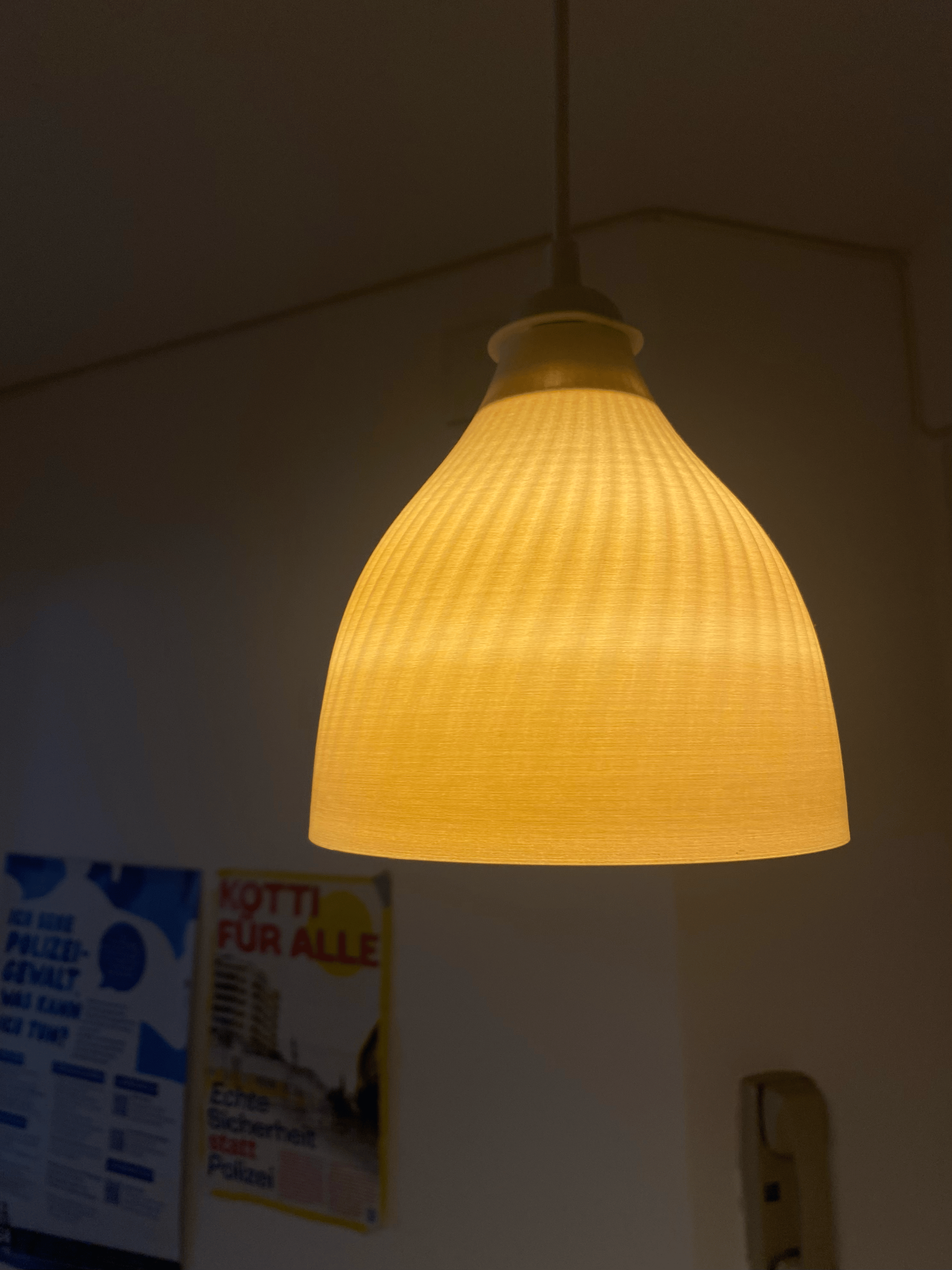
A parametric lampshade made with Rhino and Grasshopper
-
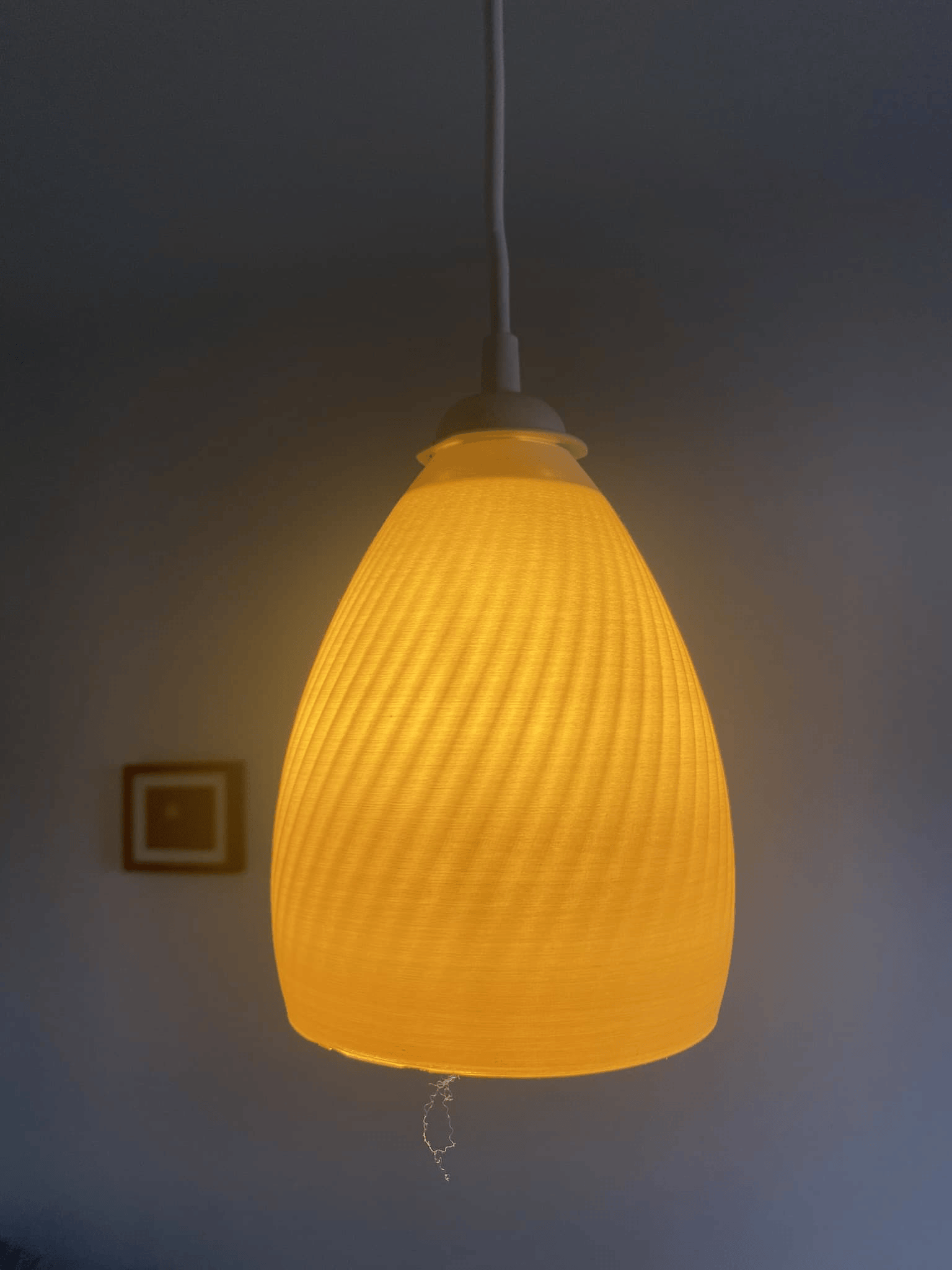
A parametric lampshade made with Rhino and Grasshopper
-
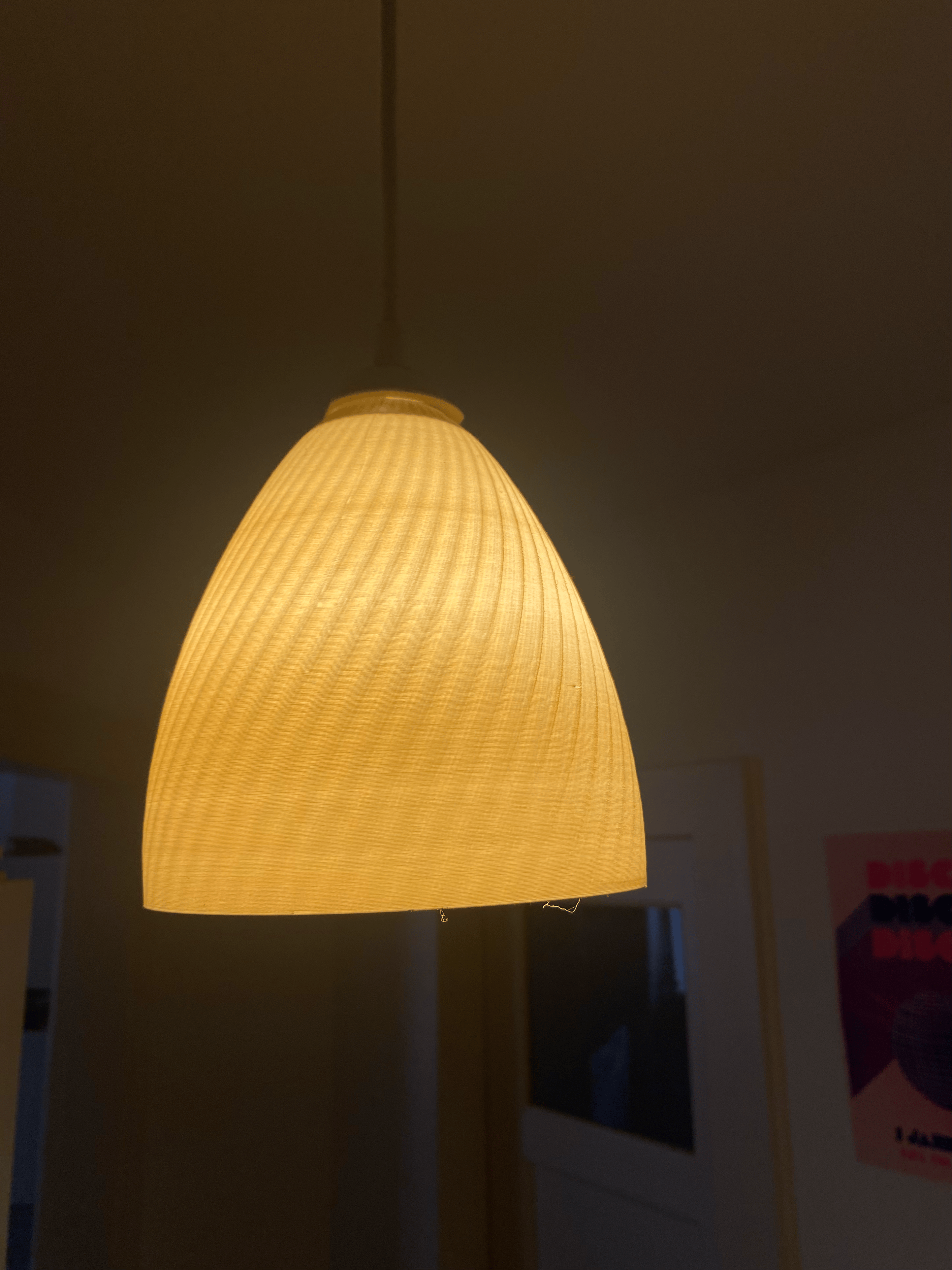
A parametric lampshade made with Rhino and Grasshopper
-
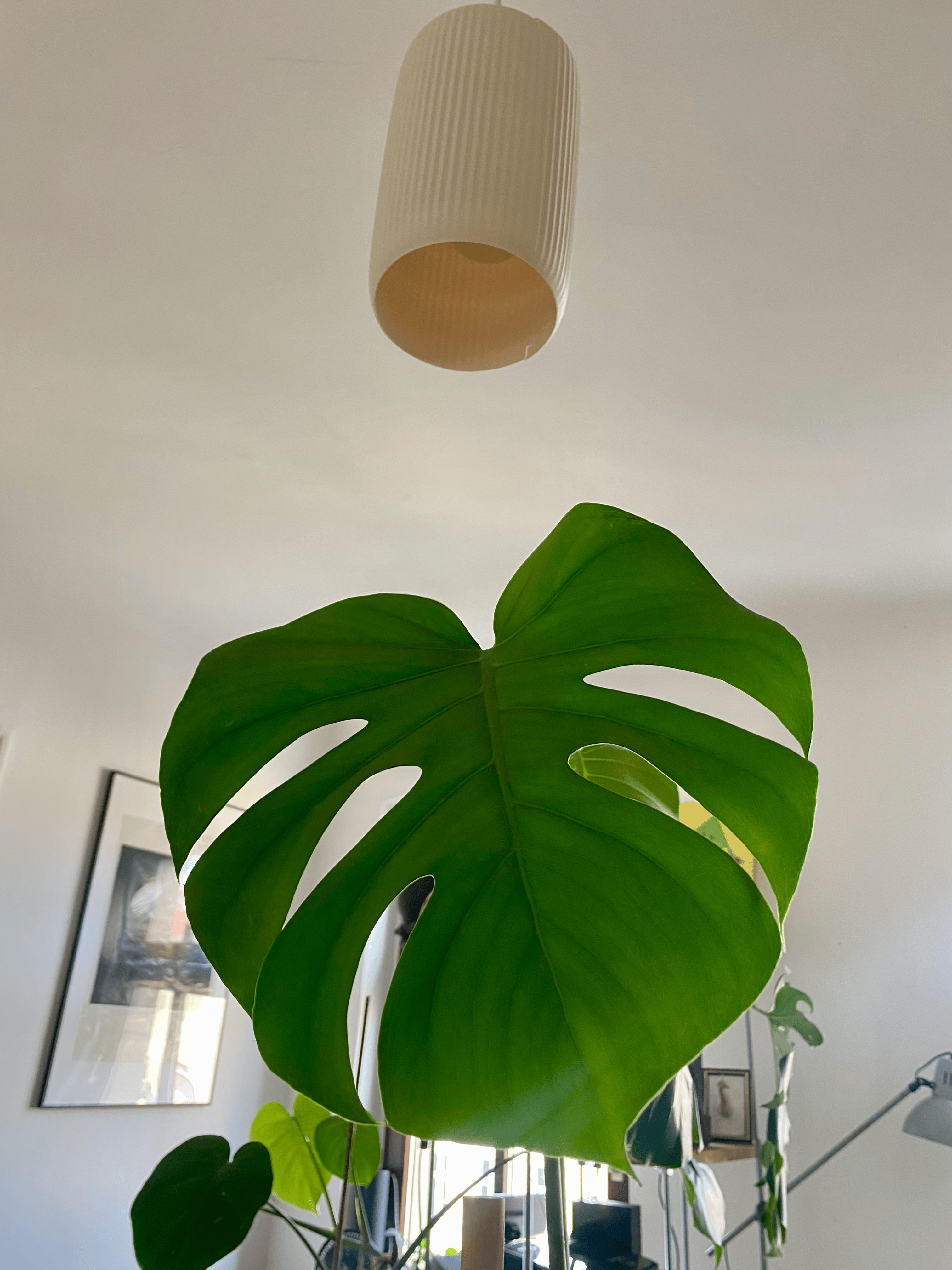
A parametric lampshade made with Rhino and Grasshopper
-
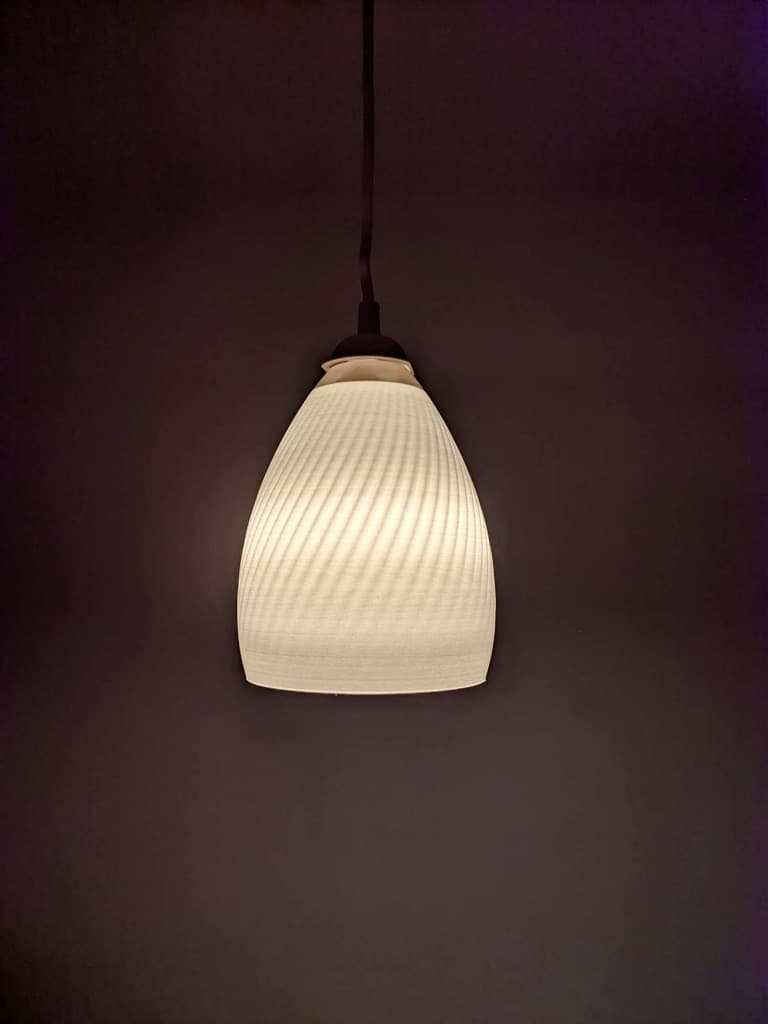
A parametric lampshade made with Rhino and Grasshopper
-
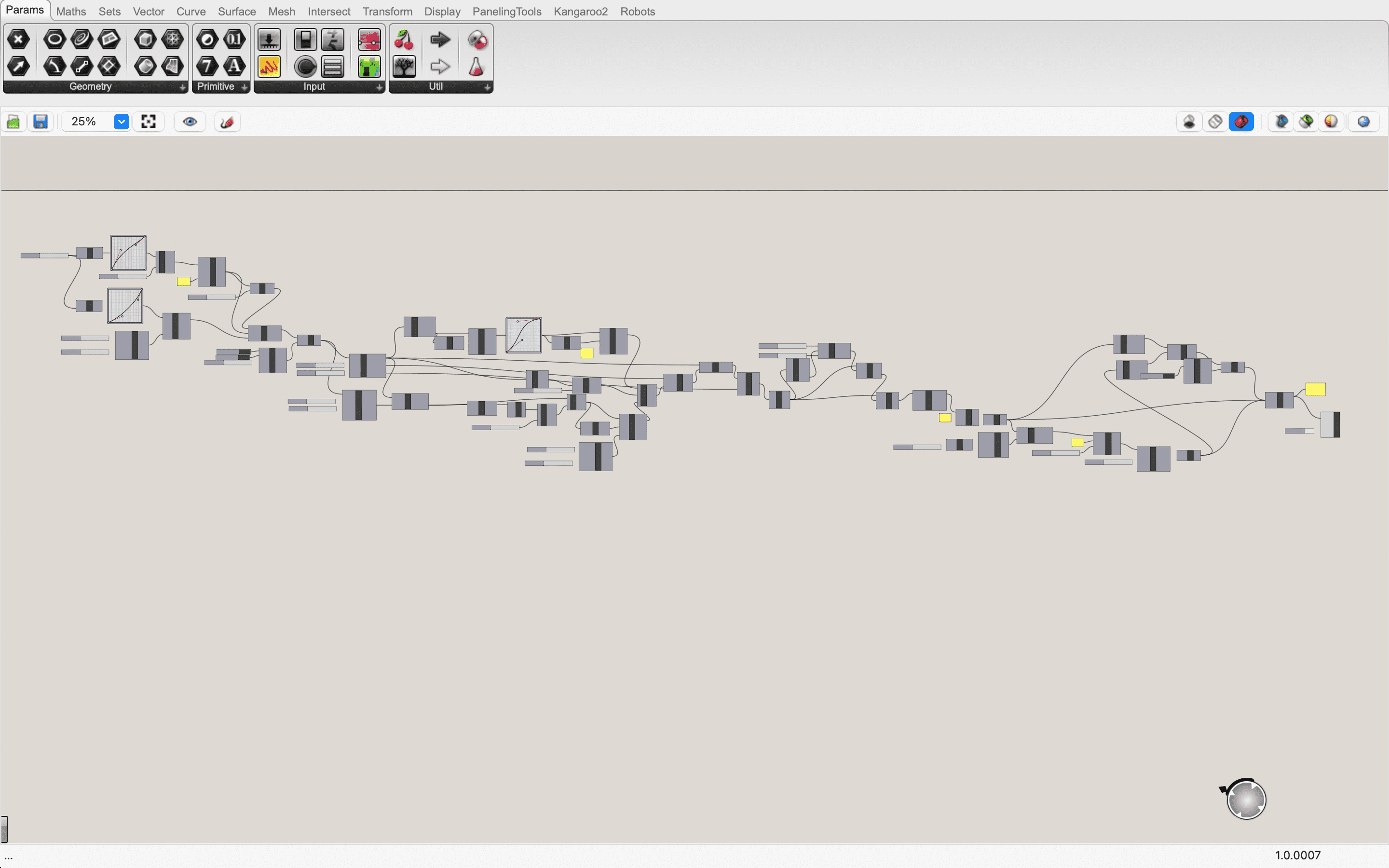
The Grasshopper flow for the lampshade
-
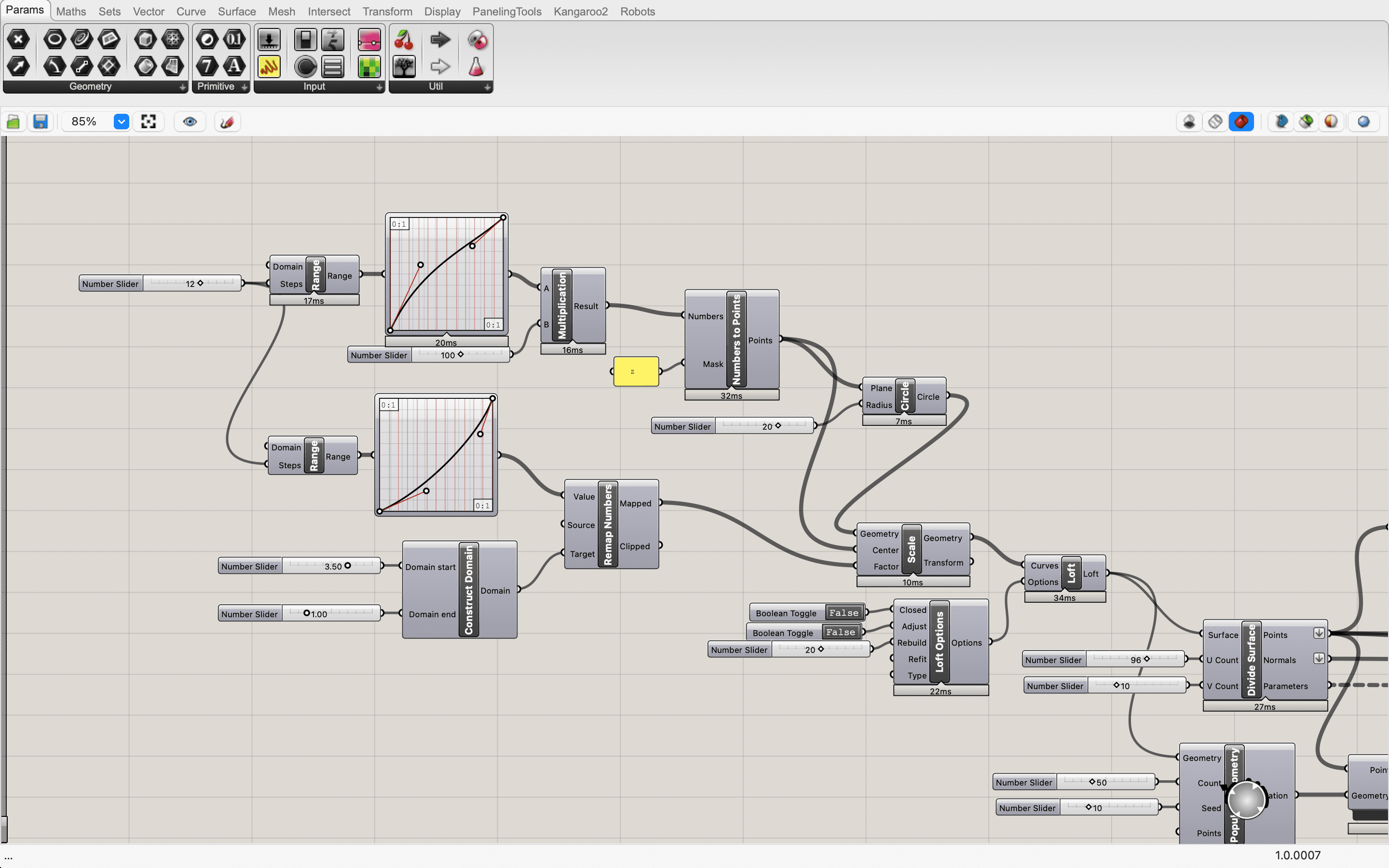
The Grasshopper flow for the lampshade
-
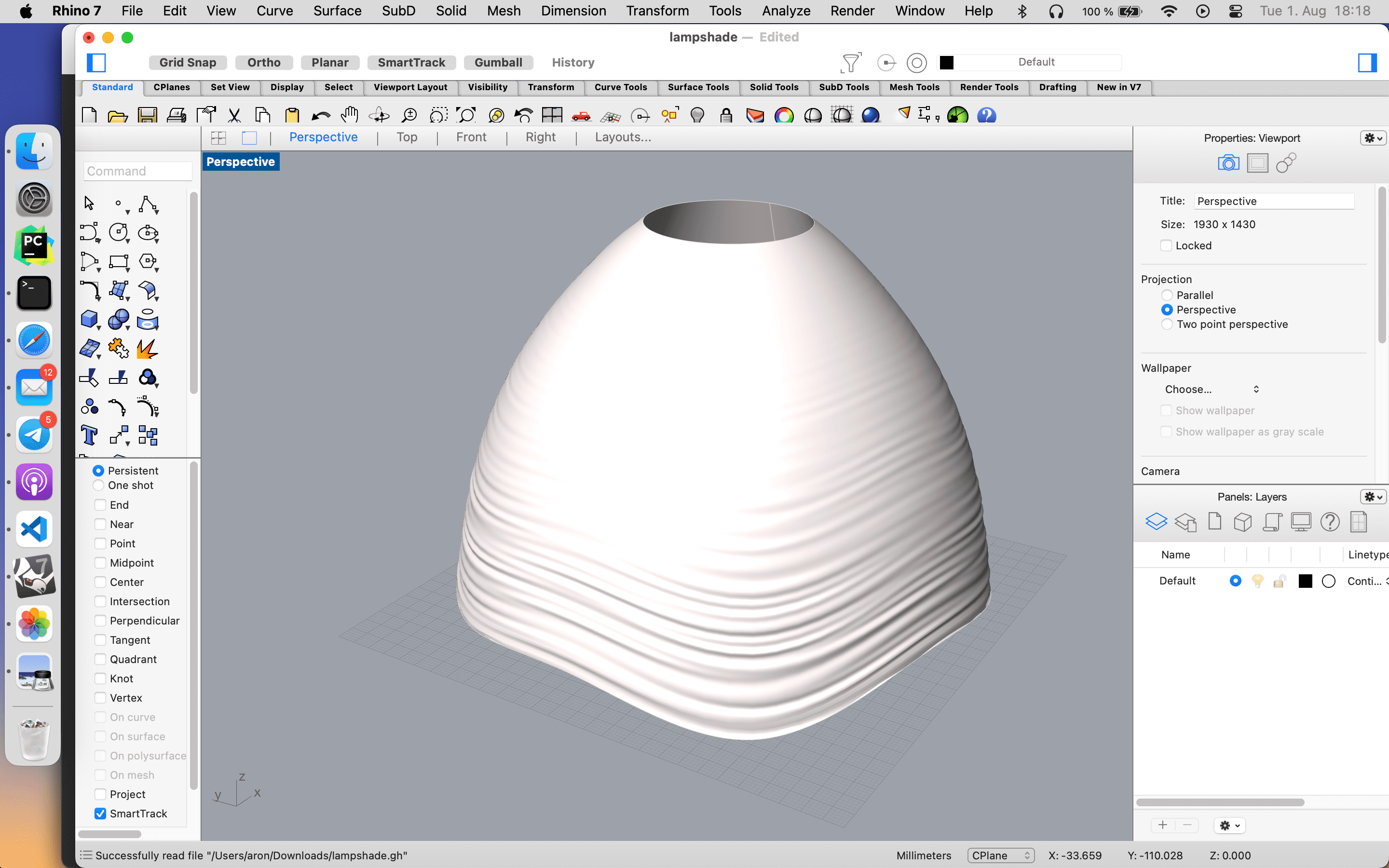
The resulting lampshade in Rhino